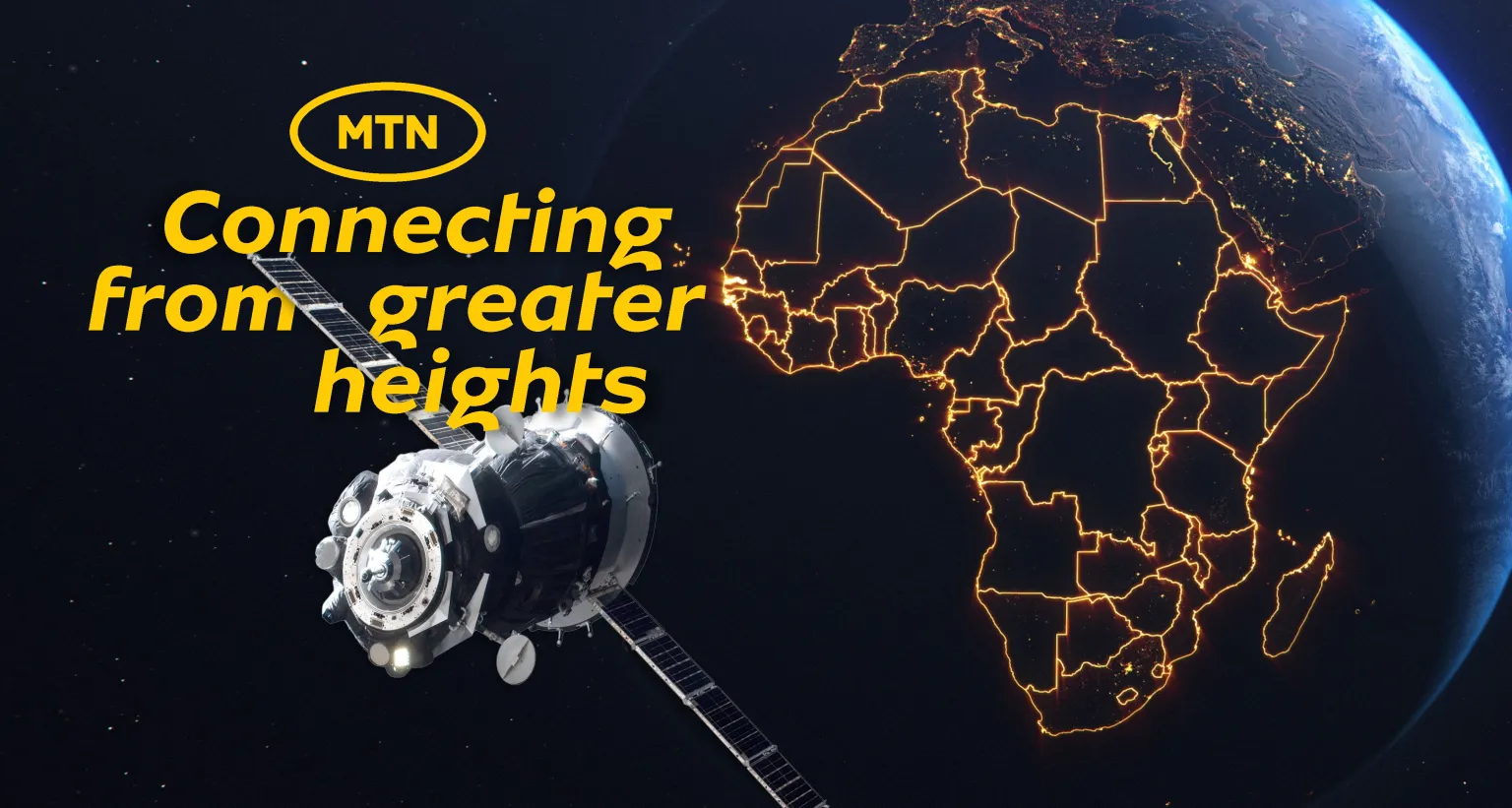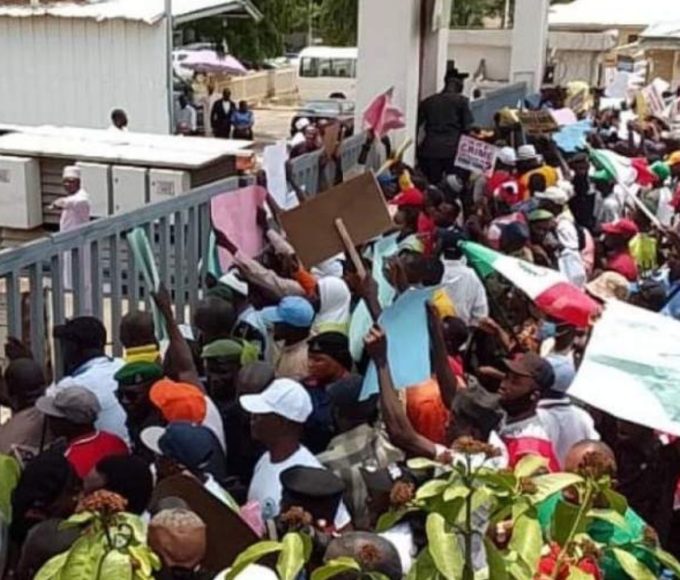
MTN’s Stellar Ambitions: Bridging Connectivity Gaps with LEO Satellites

In a bold move to enhance network coverage to 95% of the population across its operating countries, MTN is engaging in discussions with satellite providers, including Elon Musk’s Starlink. The aim is to overcome the persistent challenges of limited internet connectivity in rural areas, where building traditional networking infrastructure proves to be both challenging and costly.
Despite significant progress in internet connectivity over the past decade, the GSMA notes that a 17% coverage gap still exists in sub-Saharan Africa as of 2022. To address this, MTN’s Group Chief Technology and Information Officer, Mazen Mroué, reveals a two-pronged approach centred around Low Earth Orbit (LEO) satellites.
Traditional satellite technology faces issues of latency and limited bandwidth, making fibre and mobile technologies preferable. However, the emergence of LEO satellites offers a promising solution by reducing latency and increasing data transfer speeds. MTN plans to partner with specialist satellite providers, embracing LEO satellite connectivity to extend mobile coverage to remote areas and enhance overall resilience.


MTN’s approaches to increase connectivity
While the advantages of LEO satellites are clear, the financial investment is substantial. Launching a network of LEO satellites, as seen with Starlink or OneWeb, is estimated to cost around $5 billion. To mitigate this, MTN collaborates with telecommunications rivals such as Vodacom, Telkom, and Liquid, partnering with specialized satellite providers for joint initiatives.
MTN’s goal is ambitious – achieving 95% broadband population coverage by 2025, up from 88% in 2022. The first step involves direct-to-cell trials with Lynk Global in South Africa and Ghana, enabling mobile devices to communicate with satellites in addition to cellular towers.
As the race for satellite dominance heats up, discussions with providers like AST SpaceMobile, SpaceX’s Starlink, and Eutelsat OneWeb are underway for enterprise-grade trials and pilot projects. The objective is to provide fixed connectivity for enterprise customers and efficient backhaul connectivity for MTN cellular sites, especially in remote areas.
SUMMARY OF PUBLIC OPINION
The pursuit of LEO satellite technology by MTN and its counterparts is a strategic move to overcome infrastructure challenges and bring connectivity to underserved regions. This not only aligns with the broader global trend but also positions these telecom giants to lead the charge in providing seamless and widespread internet access. As Starlink gains momentum globally, the ongoing trials and collaborations signal a commitment to staying ahead in the evolving landscape of satellite-based communication.
In a world where connectivity is increasingly vital, initiatives like MTN’s highlight the industry’s dedication to pushing technological boundaries and ensuring that even the most remote corners are not left behind in the digital era. The future of internet accessibility in Africa, it seems, is poised to ascend to new heights.
Read: Dora Akunyili’s son comments on the Fake Product trends, questions the worth of his mother’s efforts
About The Author
Related Articles
Tinubu Government Delays Release of Signed Tax Acts to the Public
Four days after President Bola Tinubu announced the signing of four tax...
ByMayowa DurosinmiJune 30, 2025As Tinubu Urges Africa-Caribbean Unity in Saint Lucia, Over 272 Nigerians Killed in June Alone
While Nigerians deal with deadly violence, worsening hunger, and mass flooding, President...
ByWest Africa WeeklyJune 30, 2025You Can’t Tax a Dead Economy: Nigeria Is Suffocating Under Its Own Policies
As Nigeria’s Central Bank clings to its benchmark interest rate of 27.5...
ByWest Africa WeeklyJune 30, 2025“Wike is Not a Blessing to Us, He’s a Disaster” — Workers Protest in Nigeria’s Capital Over Unpaid Wages, Poor Working Conditions
Staff members of the Federal Capital Territory Administration (FCTA) in Abuja barricaded...
ByOluwasegun SanusiJune 30, 2025











